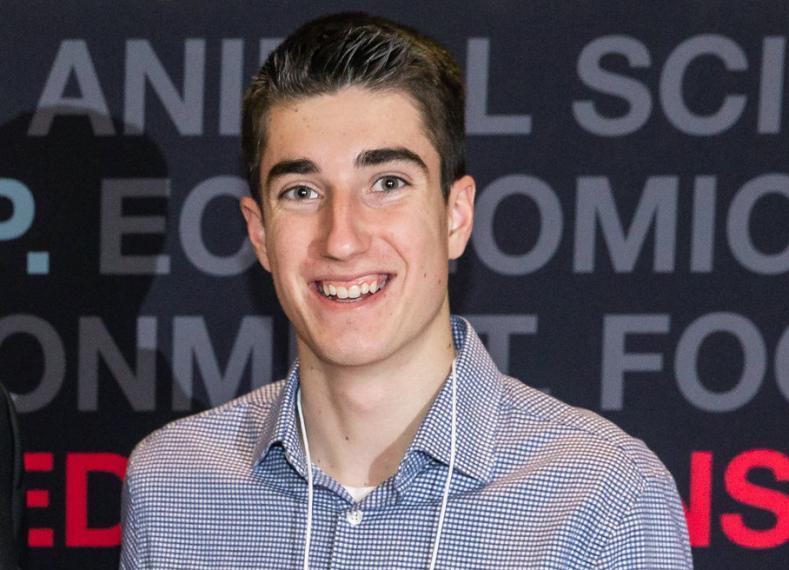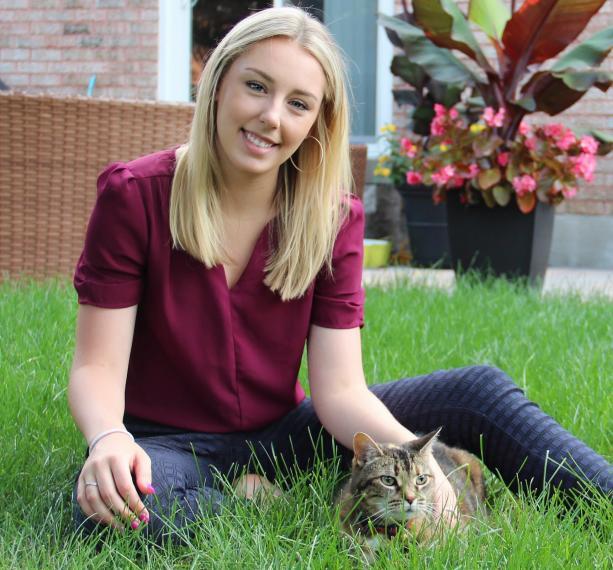
Removing the legacy lens to see innovation
The pet food aisle can be an overwhelming experience for pet owners. Scanning labels, you can make decisions based on health benefits, sourcing practices, cost, ingredients, breed and more.
Behind each pet food formulation, there is a team of scientists providing you (and your pets) these options. And more than likely, one of those scientists is an OAC grad.



